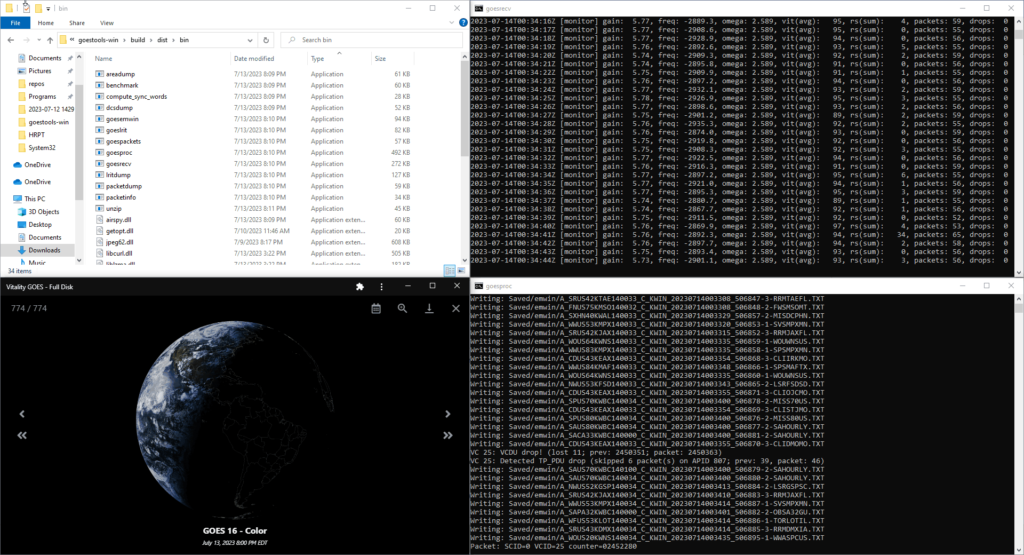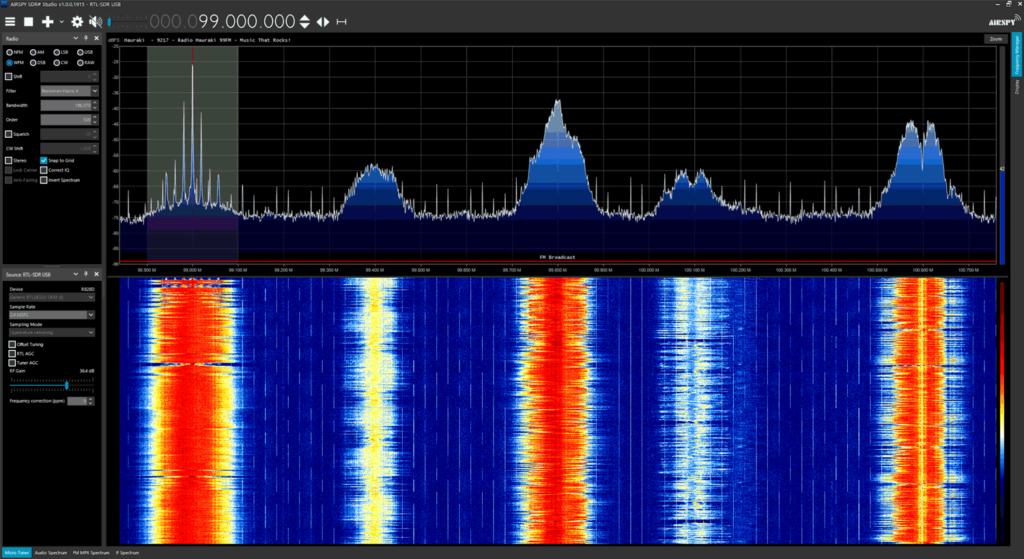Fox Hunting with the KrakenSDR
Over on his YouTube channel Mark Jessop has uploaded some dash cam footage showing him using a KrakenSDR and a custom LED display to hunt down three amateur radio transmitters during a fox-hunt.
An amateur radio fox-hunt is an activity where someone will hide a transmitter within a defined area, and it is up to the hunters to use radio direction finding equipment to find it. The KrakenSDR is our 5-channel coherent radio based on RTL-SDRs, and it can be used for applications like radio direction finding.
Mark uses a custom four element array on the roof of his car, which is connected to his KrakenSDR. Instead of the KrakenSDR app, Mark prefers to use his custom LED HUD to displays the bearings and signal power directly.
Some annotated and sped-up dash-cam footage captured during the July 2023 Amateur Radio Experimenters Group Fox-hunt. We run these monthly, and usually have three transmitters hidden around the Adelaide (South Australia) area.
I run a KrakenSDR with a custom-built 4-element antenna array mounted to the roof of my car. This gives me direction estimates to the target transmitter, at least when the signals are strong enough!
I've also build a heads-up-display which helps me safely make use of the KrakenSDR's output data while driving. The source code for this is here: https://github.com/darksidelemm/neopixel-doa-display
The display is shielded so it's not visible from outside the car - Red & Blue lights on your dashboard can give the wrong impression!

